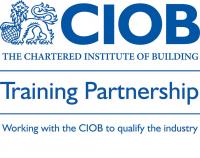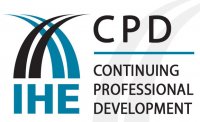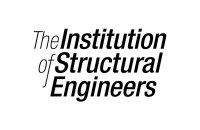Aims & Objectives:
This course is intended to train and inform attendees in the often misunderstood area of diagnosing condensation and dampness in buildings. Initially the range of basic scientific knowledge necessary to make sound and accurate assessment of dampness and condensation is identified. Practical application of the knowledge is then explained and exampled. Attendees of the course will gain valuable knowledge with which to improve procedures currently used to deal with dampness and condensation
The training and knowledge offered covers six key areas. These are:
- What is Dampness?
- Condensation
- Relative humidity
- Factors that give rise to dampness and condensation
- Testing for dampness and condensation
- Remedial measures
On completion of this course, delegates will be able to:
- Identify Dampness in various forms
- Be able to commission tests to confirm dampness
- Understand the principal of relative humidity in the context of diagnosing dampness
Attendees will on completion of the course attain:
- Improved understanding of scientific theory that relates to dampness and condensation
- An improved knowledge base from which to diagnose dampness and condensation
- An understanding of practical tests and measurements that could be applied to dampness and condensation problem areas encountered in practice
- An understanding of repair techniques and other methodologies to remedy dampness and condensation problems
Course Outline:
- What is Dampness?
- What is Condensation
- Why measurement in terms of relative humidity is vital
- Identification and measurement of Dampness
- Identification and Measurement of Condensation
- Test and sampling techniques
- Equipment (practical demonstration)
- Group practical exercise
- Case examples and group evaluation
Mode of Delivery:
Throughout the training day the main method of knowledge transfer will be illustrated presentations. Actual case histories will be used to demonstrate how the knowledge disseminated in the presentations is applied in practice. To aid this process the training period will be supported with a number of group interactive sessions. Typically these will comprise:
- Individual or Group Exercises
- Discussion
- Visual Aids e.g. short DVD/Video, models, samples, etc.
- Assessment via group response to questions designed to assess knowledge assimilation
Benefits of Attending:
Participants on the course will gain a broader more informed knowledge base to apply when dealing with dampness and condensation problems in practice. The course will provide a basis for further knowledge assimilation and improvement in operational competence. When challenged in real life situations, when dampness and condensation are suspected, attendees will have sufficient knowledge to respond accurately and be able to determine the most cost effective remedy.
Intended For:
Property/Facilities Managers, Designers, Supervisory staff enganged in property maintenance, Housing officers, Environmental control staff, Supervisory Building and Civil Engineering staff engaged in refurbishment projects. Junior staff training for supervisory roles.








